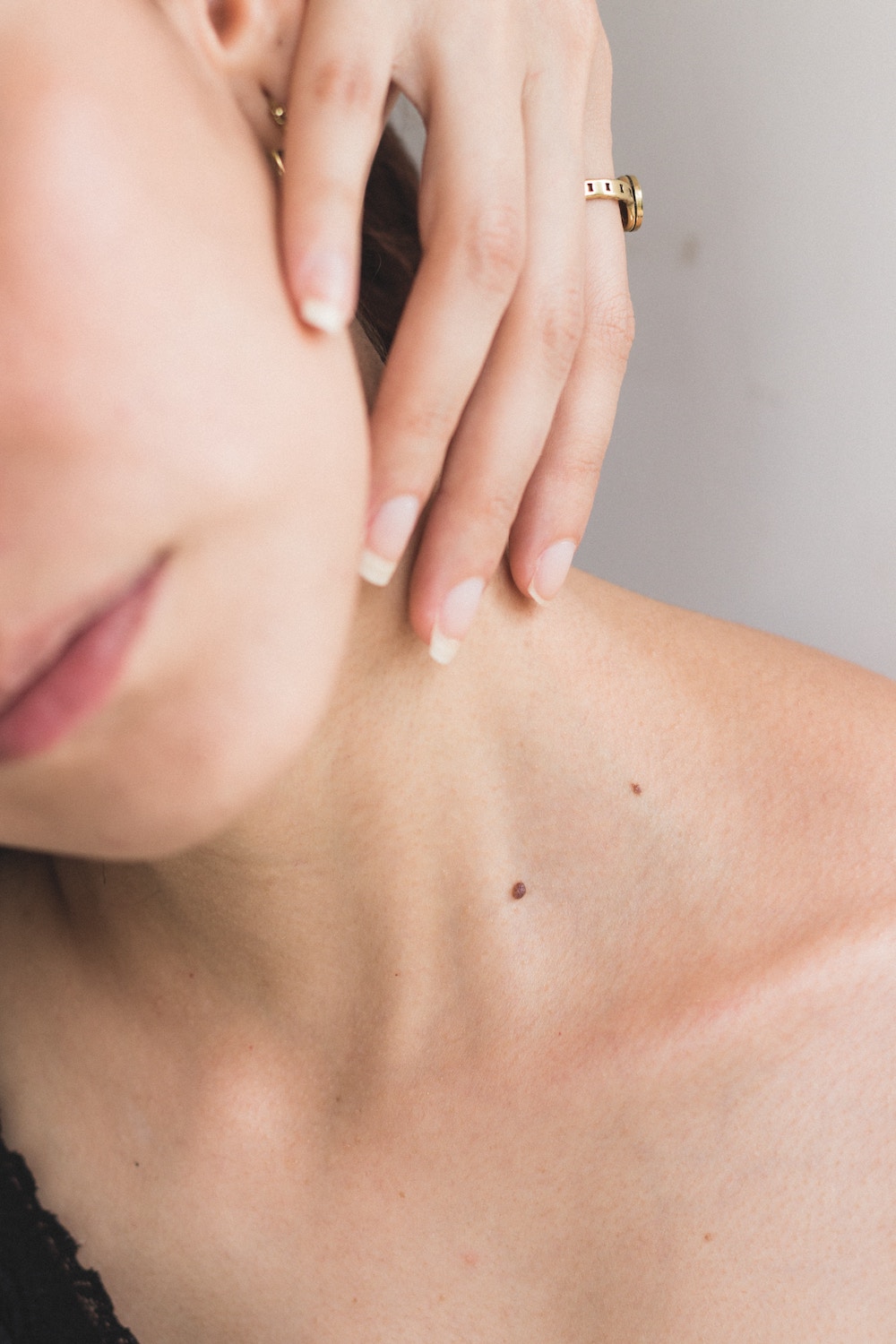Many people strive to be flexible. Stretching is touted as a pre- and post-workout regime, and for reducing bodily tension. It helps dancers, gymnasts, and yogis achieve their abilities, and gyms even offer assisted stretching for athletes these days. Who would ever think that bendiness and pains can go together?
An eye-opening accident
In 2015, I had a t-bone car accident while driving to work. My airbag didn’t deploy, and I felt okay all day. The next morning, I awoke with neck pain, took Tylenol and saw the doctor the next day. After an x-ray, the doctor said I thankfully had no tears or fractures, but said I can do physical therapy if needed. A month later, I felt increased pain in my neck. It got hard to hold my arms up too. So I attended physical therapy.
During intake, the physical therapist asked me to extend my arms out. I extended them both out so straight that they looked limp. This was normal for me. He raised an eyebrow and asked if I’d “always been so bendy.” I said “yes” and he asked if I could do some things.
Touch my thumb to each forearm. Check.
Bend my pinkies past 90 degrees. Check.
Stand with both knees locked. Check.
Touch the ground without bending knees. Check. Just barely, though.
He then asked me to stretch my neck out on both sides as far as I can, and he measured it.
Finally, he said that the reason I’ve not realized the damage the accident has done is my high range of motion. And my high range of motion is due to “joint hypermobility.” He had just calculated my high “Beighton” score to diagnose it. It takes 4 out of 9 points to be “hypermobile.” I scored 8.
What is Joint Hypermobility?
Simply put, when joints are “loose,” they have high range of motion. Hypermobile joints work overtime, which leads to increased tension, stiffness and pain. Muscle stability is needed to balance it out.
Things finally made sense. All those times massage therapists told me I was “tight” for my age. All those times I fell asleep in yoga poses, or when my shoulders would pop from their sockets when sleeping on my side. How I constantly feel like stretching, and how it doesn’t bring relief. How I’d get headaches without two massages per month.
The providers there helped with my injuries, and advised me to be careful how often I do things like yoga. They also told me not to use my full range of motion with dance or yoga, which was hard to de-wire…especially when instructors don’t know what hypermobility is.
Another Pain
During the start of the pandemic, I developed pain between my left glute and tailbone. It’d happen when driving. Sometimes I wonder if it was due to improper form from lifting weights during personal training. I tried Thai massage and it was excruciatingly painful even though it did loosen knots. A few months later, it all got me thinking about my future: Deep tissue massage comes with pain, but they at least should feel SOMEWHAT good! Also, will this new glute/hip pain turn into a full blown sciatic nerve issue over the years?
So I returned to Google and searched for “best exercises for hypermobility.” I did this years ago, but I felt desperate so I tried again. Pilates and swimming came up. I didn’t want a gym membership. I tried public Pilates classes in the past. My lax lower body lacked the grace and control to do moves on the Reformer.
My Pilates Journey
I took a private Pilates lesson at a small local studio. The rest is history. I bought a package after one lesson. The instructor didn’t feel I’d be ready for public classes soon, but the investment in privates was worthwhile. My instructor isn’t a physical therapist or doctor. But she’d ensure I had a “soft bend’ in knees and elbows when using the reformer. She’d ensure I’d use my glutes, quads and abs to do isolated movements, and avoid arching my back. No yoga or dance teacher or personal trainer ever did that.
It’s been a few months of once a week classes. But I only do one massage every month or two now. In dance classes, I use my ab control when doing moves, rather than collapsing into my joints for moves requiring flexibility. I get fewer knots after attending dance classes. I also get tired less quickly. I catch myself slouching and correct my posture more often. I take advantage of my standing desk at work more to maintain it. Best of all, the left glute/tailbone pain is almost gone!
I am beyond thankful I gave Pilates another chance despite an unsuccessful experience the year prior. That’s why I feel there should be more fitness options for hypermobile individuals. To get there, we need more awareness. For years, I felt invisible. Since I don’t have connective tissue disorders like Ehlers Danlos, my pain wasn’t taken seriously. I remember being surprised at how much more Pilates cost than Barre and Yoga. In fact, I think the media paints the typical Pilates student as a “stay at home mother sipping on mimosas.” But now I feel that people with EDS and high hypermobility scores need Pilates the most.
Get more like this—Sign up for our daily inspirational newsletter for exclusive content!
__
Photo: Olenka Kotyk via Unsplash





